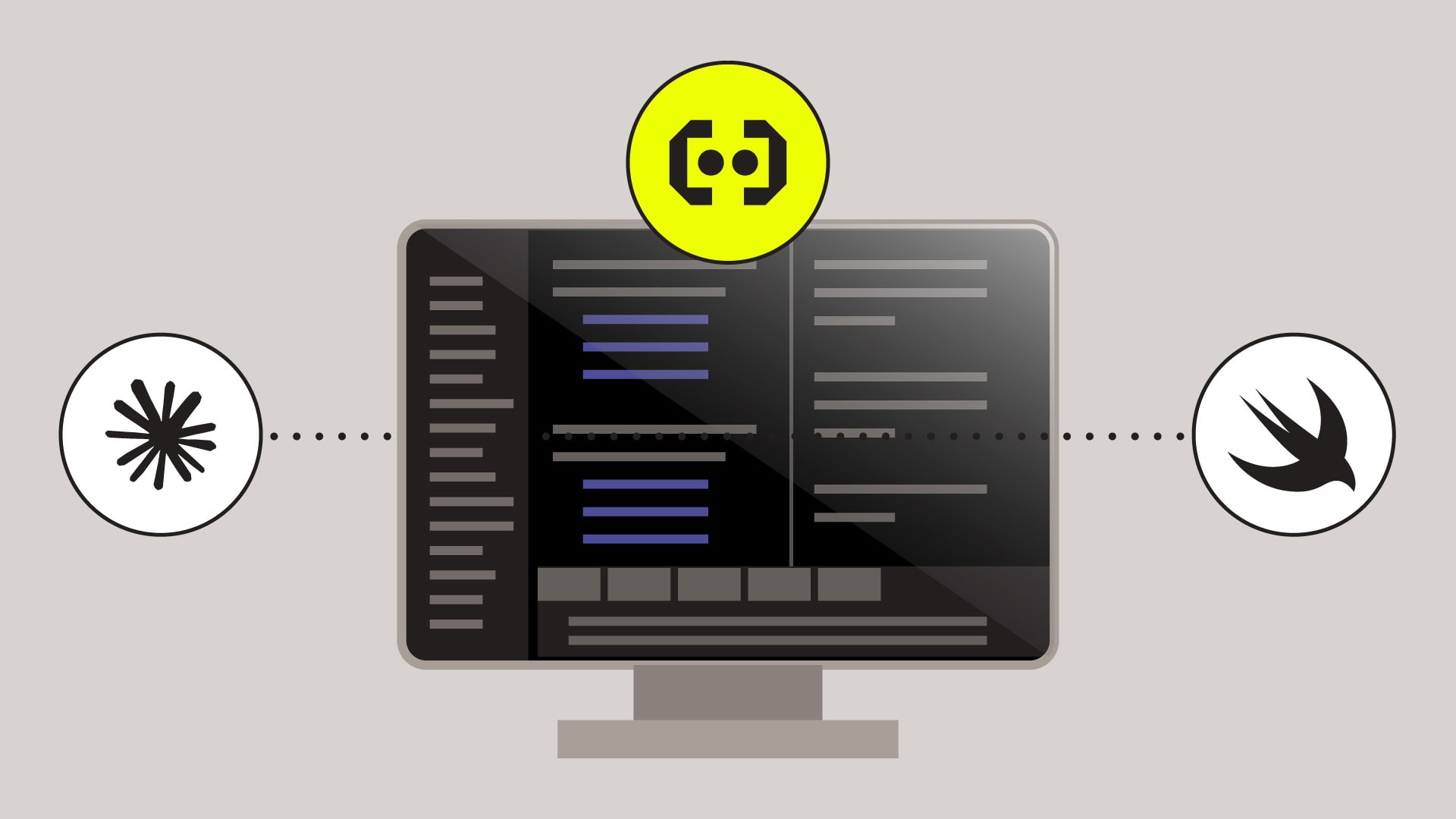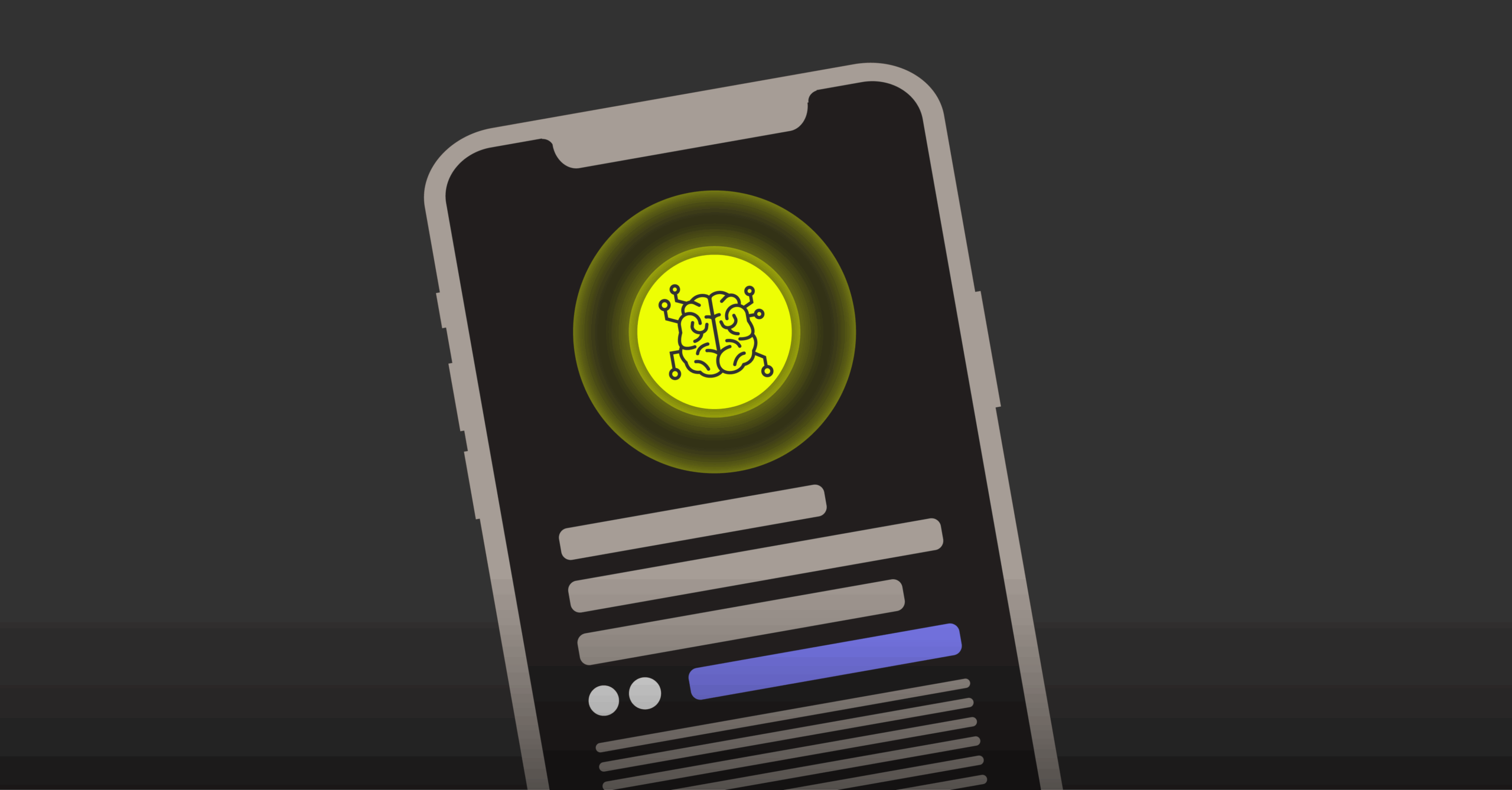
I’m a senior software engineer at Embrace working across our stacks. While using Anthropic’s Claude Code to help me build my very first iOS app, I learned that our AI assistants often need OUR assistance to be effective. Let me tell you about the issues I ran into, and how I taught Claude to instrument iOS applications with Embrace.



